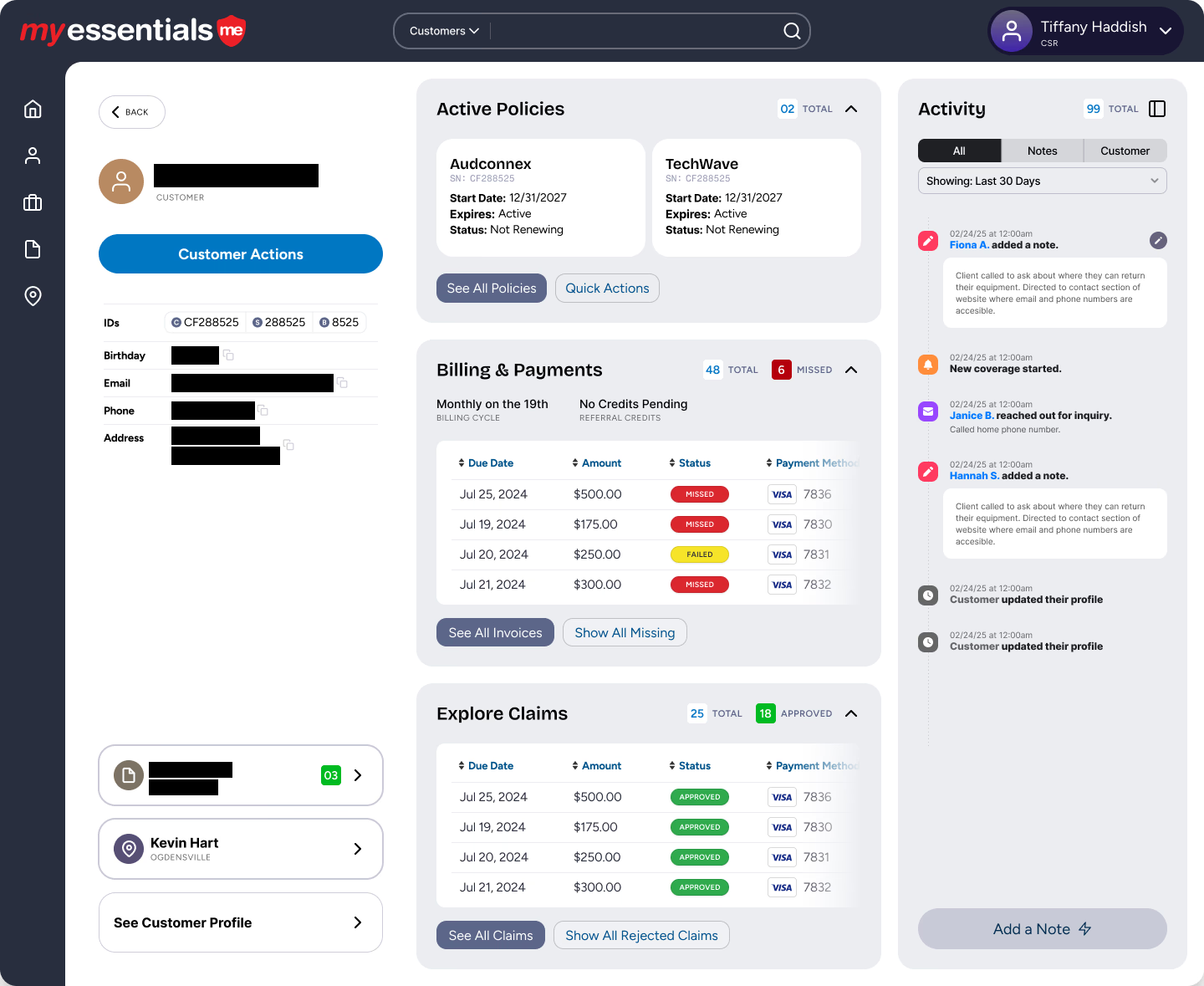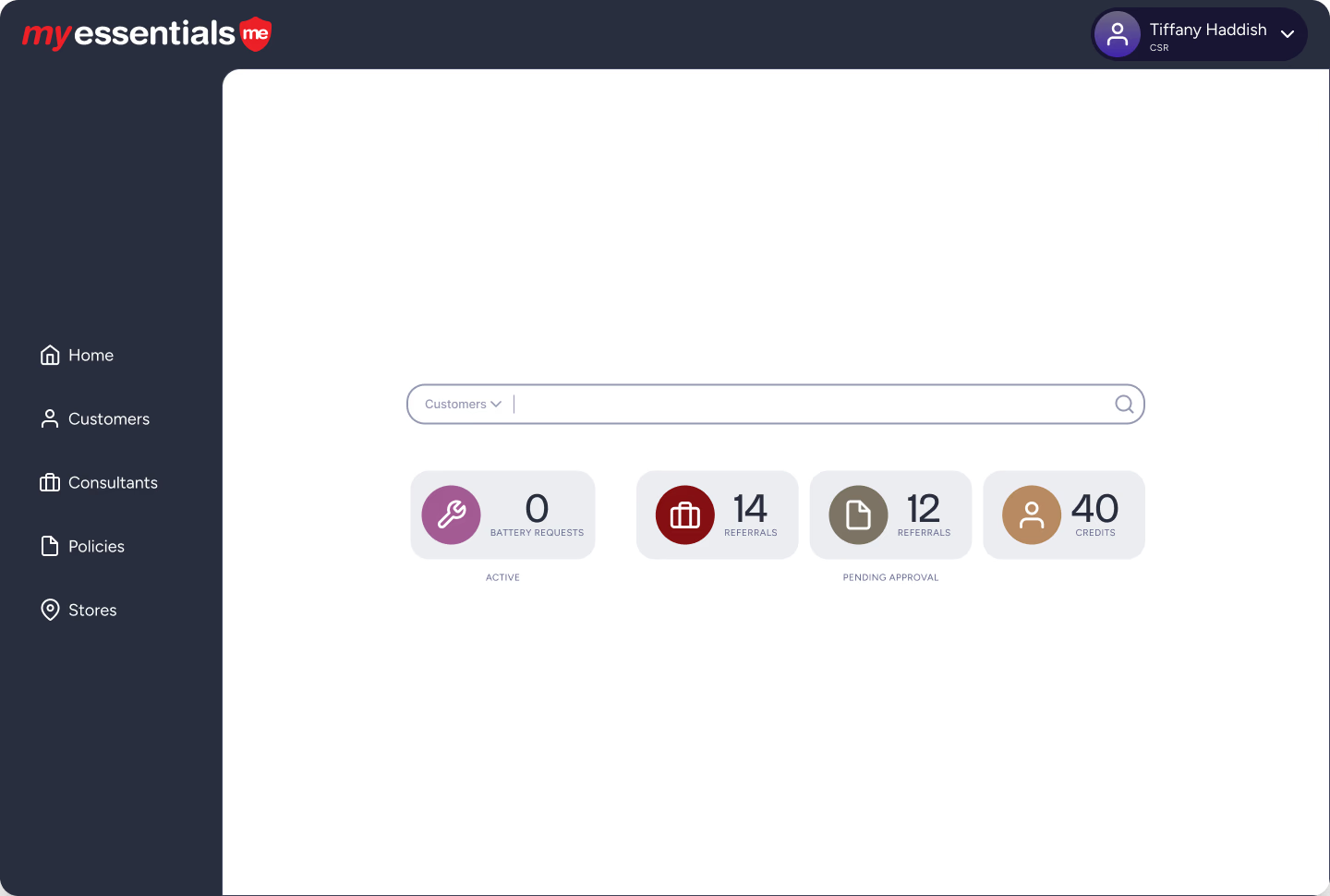Learn how cloud infrastructure, mobility, and streaming tech kept businesses running through the pandemic—and what it means for future-proofed software design.
I grew up in family-owned businesses and have spent the majority of my career leading businesses and teams. When the World Trade Center was destroyed by a terrorist attack in 2001, our entire country was shaken to the core. In the weeks, months, and years that followed, security became a part of everyday life and I soon became part of a team at the NYS Office of Cyber Security & Critical Infrastructure Coordination, where I spent a decade of my career writing software to help organizations address security, eliminate cyber threats and enhance their ability to operate under any circumstances. Since that day nearly 20 years ago, business continuity has become a cornerstone of how I function as a business owner and as a person.
Dare I say this pandemic will have a more broad impact than 9-11? We’re not fighting a traditional enemy - so the (perceived) solution is less tactile; The scope goes beyond the United States; The entire world is at risk and we already know the impact has been and will continue to be, very significant.
Is there a silver lining? We can’t armchair quarterback this situation yet, but there are a few (technical) things that are worth pointing out that have enabled a significant portion of the world to continue operations. If this pandemic occurred 20, 10, or even 5 years ago, our capabilities would be drastically different and the fallout much worse.
The Cloud
The development of, and the migration to, Cloud Infrastructure is by far the most impactful game-changer to business continuity in this pandemic situation. As workers have been forced home, the ability to participate in business workflows from afar is because of the migration of so much software to the cloud. 10 years ago, Amazon only had 4 cloud services (S3, EC2, EBS, and CloudFront), and only a handful of big tech companies - at the time, Netflix, Dropbox & Reddit - were making wholesale relocations to the cloud. Today, all modern software is cloud-based. AWS, Microsoft Azure and Google Cloud have hundreds of cloud service offerings and have brought an economy of scale to the business world that has driven alternative forms of infrastructure out of the marketplace - if nothing else by sheer cost savings. The fact that the continuity of services was exponentially better was just a bonus - of which we are now reaping the benefit.
And it’s not just traditional businesses that are benefiting from the cloud. Government and nonprofit organizations, in particular those responding to the pandemic, are also thanking their lucky stars they moved to the cloud. In New York State, the Unified Court System, Motor Vehicles, Environmental Conservation, Department of Labor and Department of Health are only a few of the 80+ state agencies and authorities that continue to operate through the pandemic because their systems are in the cloud.
Today, every business is a software business - schools, restaurants, retailers, insurance companies, health care organizations, environmental engineers, you name it. The reliance on software is everywhere and despite some minor disruption to their operations, millions of organizations worldwide are working with remote work teams running on G-suite, Microsoft 365, QuickBooks Online, Zoom, and thousands of other cloud-based software systems - and they haven’t missed a beat.
For those businesses that were using a traditional desktop or network-based software, the disruption due to being remote has been significant. If you have been on the fence about that cloud migration, now is the time to make it happen.
General Mobility
It’s hard to believe that the first iPhone came out as recently as 2008 and smartphone adoption didn’t hit the 40% mark until 2012. Handheld mobile computing is a very recent phenomenon and aside from the devices, it has set a whole different expectation and experience of connectivity. 10 years ago, very few people checked their email or social media on their phone in bed at night, today, you’d be hard-pressed to find someone who doesn’t. Culturally this means we have nearly a decade under our belt of having our work being with us literally everywhere we go - in our home, on the sidelines of our kid’s soccer games, at the gym, and at our social events.
What is less obvious about the proliferation of mobility is the sheer volume of exposure humans have with software. This in-depth experience with software, information, and general connectivity has changed human behavior - people now want to use software and interact with information - which has further had us welcome our work devices into our homes. At a less-than-conscious level, we were all ready, willing, and able to work from home when this pandemic hit. That’s probably why so many of us are working more than we ever did.
And talk about devices and homes, who could possibly be cooped-up with kids in their houses during a pandemic without iPads, iPhones and online video games consoles? These devices are keeping our homes sane right now. Joke all you want about telling them to go play outside, but the fact is our teenagers would all be conspiring to convene for in-person get-togethers if it weren’t for their ability to socialize virtually. Teenagers have an incredible sense of invincibility; a mere pandemic would not be enough to keep them isolated from one another. Video games and social media have been a key to helping them stay connected electronically through their devices and that’s really a good thing right now if the alternative is to meet in person.
Streaming
Video conferencing couldn’t have developed without bandwidth and internet infrastructure investment. Bandwidth capabilities in homes have shot up drastically as service providers switched to digital services a few years ago. Certainly, the internet is everywhere, that’s a given - but what has quietly taken place is a drastic overhaul and significant improvements to the technology of networks and the performance of the internet - giving us much greater capabilities to pave the way for a whole new kind of internet usage. And we haven’t even rolled out 5G yet...
And here we are. Schools running classrooms online, work conference calls with a dozen folks, town hall meetings that have tens of thousands of users dialed in without a problem. It was a dream even 10 years ago. Skype, which became a verb (“I’ll skype you”) never really made it and was eclipsed by other products simply because skype came to the game too early (2003) before the infrastructure could really handle it. Zoom didn’t hit the street until 2013 and somehow became the golden child.
Streaming, in general, has changed drastically. In 2011, Netflix announced they were going to drop DVD shipping and move to a fully streaming format. Immediately, the internet blew up - 800,000 subscribers defected from the platform and they had to temporarily backpedal on their decision. Their user base was so skeptical of the transition to streaming they revolted. Today, their DVD service subscriptions are just 2M of their 180+Million subscribers worldwide - Streaming online is the new normal and that has made a huge impact.
Certainly, businesses have been able to conduct operations because of these video conferencing and streaming capabilities but let’s not forget the importance of video conferencing on schools. Aside from the criticality of education and ensuring our students continue their studies, how in the world would anyone be able to work from home if their kids couldn’t be “in school” over in the living room on the iPad?
The Cloud, Mobility, and Streaming Technologies are 3 key baselines to consider in your business and your software development efforts not only for business continuity reasons in a pandemic but for the future of your business. From a software development perspective, anything built today should take this into consideration.



